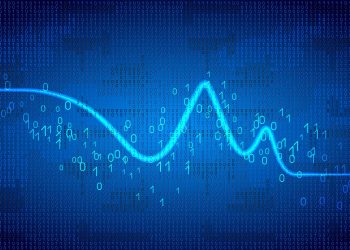Signal Processing Architectures
Digital signal processing is a key aspect in the design of many application-specific systems. Signal sources cover the whole range of available frequencies (seismic, sonar, audio, telecom, video, radio, TV, radar, microwaves), and examples of applications include signal filtering, transformation (FFT, DCT), convolution, correlation, image processing (segmentation, recognition, fractals), data compression (coding, quantization), graphics (character recognition, font compilation, projections, color conversion) or communications (MIMO-OFDM, sub-band and predictive coding, equalization, synchronization).
Software implementations based on Digital Signal Processors (DSPs) have been common in the past, but today FPGA-based hardware implementations are mandatory in many high-performance applications and also in low-power systems. This research area deals with the development of such optimized hardware arquitectures for signal processing.

The LSI has been involved in this research area for a number of years, with broad experience in the development of modules for very-large bandwidth wireless communications systems (quantization, equalization, time and frequency synchronization, non-linear system identification), ultrasounds for audio systems, nuclear fusion diagnostics, control of switching power converters, FFTs in telecom and radar, and video processing (recognition and control).
The latest research focuses on the processing of radioastronomy signals (quantization, sensitivity analysis) through the AMIGA series of projects (AMIGA-5, AMIGA-6, AMIGA-7) aimed at hardware design for the SKA radiotelescope.
